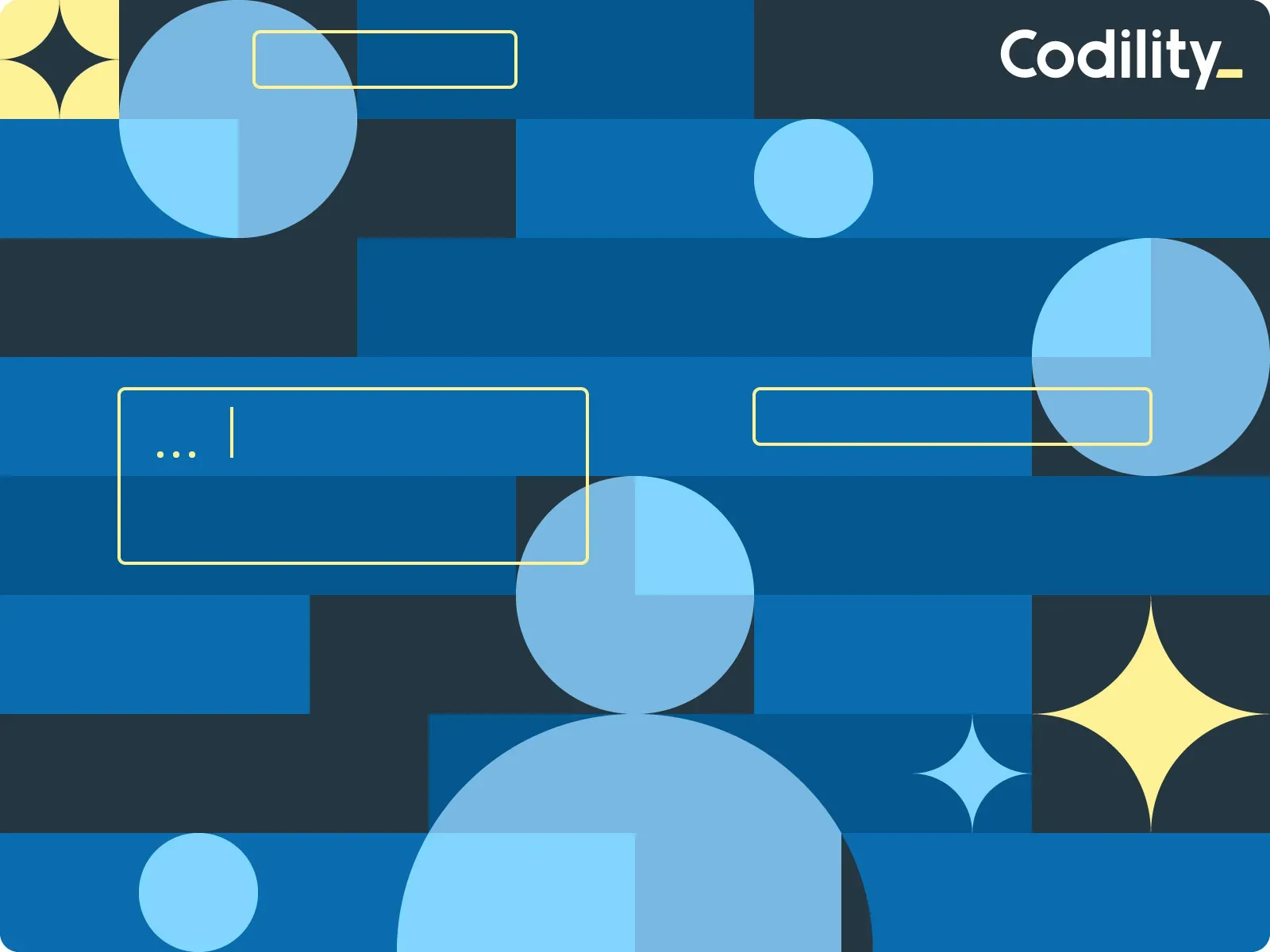Be the first to know
Sign up for a weekly dose of tech hiring news and updates.
Countries often enlist ordinary people to serve in the military during times of need. When equipped and trained, these ‘citizen soldiers’ do extraordinary things that were never in their job description at home.
Similarly, generative AI tools equip and train non-technical employees to do extraordinary things with software that were never in their job description. The Harvard Business Review dubbed these non-technical coders “citizen developers.” And they could reshape the future of work.
What Makes Citizen Development Possible?
Users have adopted few platforms in history as quickly as ChatGPT. Generative AI-powered tools like ChatGPT are especially good at writing and explaining code. These capabilities allow citizen developers to get the code they need to build automations and prototypes by simply asking for it.
This is an AI-driven shift in programming from computer language to ‘natural language.’ Andrej Karpathy, a founding member of OpenAI, once quipped, “English is the newest programming language.” Legendary venture capital firm Sequoia observed that tools like Open Interpreter turn command lines, the efficient but cryptic text-based computer instructions, into easy-to-use chat interfaces.
LLMs’ ability to interpret the intent and execute commands expressed in the human user’s spoken language greatly reduces the complexity barrier that keeps many from taking advantage of software’s benefits.
And unlike no-code tools, which some compare to “teaching people to play Guitar Hero rather than guitar,” AI helps non-developers create real applications that automate work processes.
Large companies are already seeing the benefits. Empowered with thousands of bots automating repetitive tasks, AT&T estimates that employees save about 17 million minutes of manual effort annually, gaining a 20-fold ROI.
The Promises and Challenges of Citizen Development
Citizen development offers several benefits to both individual workers and their companies:
- Increased Productivity: GenAI enables code generation and troubleshooting capabilities that extend beyond a citizen developer’s normal skills, allowing them to do more with less. Individual citizen developers can now build automations that save them time in their day to day.
- Crowdsourced Innovation: Rapid prototyping and proofs of concept can now come from anywhere in the organization. What took entire teams to test, citizen developers can now verify an idea will work and offer value before introducing it to engineering.
- Tailored Solutions: New applications and systems are more likely to fit users’ specific needs. Citizen developers can more accurately build simple tools or automations ‘to spec’ and modify them just as easily.
- Optimized Resources: Citizen developers working on tools or prototypes themselves frees up time for traditional software developers. With extra developer capacity, organizations save money and have a new way to address the shortage of trained IT professionals.
- Expanded Talent Pool: Citizen developers also serve as a semi-trained workforce ready for IT careers. Because they come from around the business and non-technical backgrounds, citizen developers also bring unique knowledge and perspectives.
However, the rise of citizen developers isn’t without its challenges:
- Maintenance and Scalability: Integrations and long-term support can become complex.
- Quality Concerns: Inconsistencies and errors may arise due to a lack of deep technical understanding.
- Security and Accountability: Relying on AI-generated code could create security gaps. There are also potential ethical concerns, as evidenced by the class action lawsuit GitHub Copilot faced (though developers ultimately lost that case).
- Organizational Friction: Potential conflicts between IT departments and citizen developers may arise, including skill threat and fear of job displacement.
- “Gray IT”: When it comes to citizen-developed applications, the lingering question is, “Will we have to fix these things?”
The Future of Traditional Software Engineering
With all these changes, it’s natural to wonder about the future of traditional software engineering. Looking ahead, Amjad Masad, the founder of Replit and an early AI adopter, posed an intriguing question: will AI remove the need to learn programming?
The consensus seems to be no. Instead, as Masad and his team believed even back in 2020, AI assistance will take the drudgery out of coding, make coding easier and faster to learn and help design the next generation of programming languages.
In turn, the role of a software engineer will evolve. Rather than prioritizing software engineers who are the best computer translators, such as those who know how to write code the fastest, companies will focus on a software engineer’s problem-solving, learning capability, and deep technical knowledge needed to maintain and expand quality codebases within complex systems. In many ways, this change is already underway.
Masad once wondered whether we’ll even use the word ‘coding’ in the future. Instead, due to AI tools, ‘programming’ will ‘be about the pure act of solving problems using computers, making it accessible to more and more people.” Maybe we’re closer to that future than ever.
Curious how your organization can embrace the citizen developer movement? Watch out for my follow-up post – coming soon.
